OGA-032 The Open Group ArchiMate® 3 Part 2 Exam Free Practice Exam Questions (2025 Updated)
Prepare effectively for your The Open Group OGA-032 ArchiMate® 3 Part 2 Exam certification with our extensive collection of free, high-quality practice questions. Each question is designed to mirror the actual exam format and objectives, complete with comprehensive answers and detailed explanations. Our materials are regularly updated for 2025, ensuring you have the most current resources to build confidence and succeed on your first attempt.
Please read this scenario prior to answering the question
ArchiCar has been a market leader in the premium priced luxury car sector for the last decade. Its product leadership strategy has brought superior products to market, and enabled ArchiCar to achieve premium prices for its cars. This strategy has
been widely successful in the past, but recently competitors have been offering comparable products and taking significant market share. The governing board of ArchiCar has identified opportunities in emerging markets where the ArchiCar brand
is associated with luxury and high performance products, but is thought to be too expensive for mass-market success. Based on this assessment, the board has made the decision to setup a subsidiary company to mass-produce affordable cars
locally. This will be achieved by focusing on a strategy of operational excellence. Such a strategy is ideal for such markets where customers value cost over other factors.
To facilitate this strategic transformation, the project has been divided into multiple phases within a five-year program. The initial phase, known as "Achieving Operational Excellence," is underway. The engineering team has begun devising an
action plan to drive the necessary changes and outlining the technological conditions that must be met. The product architect has identified three current capabilities - industry-leading engineering, high-quality materials sourcing, and cutting-edge
focussed R&D - along with their contributions to the new production philosophy.
Moving forward, it has been determined that two out of the three current capabilities require revision. Materials sourcing needs to be adjusted to meet optimization demands, and R&D targets must align with future goals to enable affordable
production. Additionally, process engineering is introduced as a fourth capability to shift the company's focus from products to a process-oriented approach.
The Enterprise Architecture team has been tasked with migration planning, and identifying key work packages and deliverables. They have identified two transition states between the current and future scenario. The first transition aims to adjust
current capabilities, including revising the R&D approach and procurement strategy. The second transition aims to shift from a product-centric mindset to a process-focused approach and adjust materials sourcing accordingly. It is important to
consider existing supplier contracts that cannot be immediately canceled during this process.
The Enterprise Architecture team has identified that the second transition must implement a process framework, in order to shift to a process focus and meet a number of requirements, including the requirement for end-to-end process thinking. As
this requirement impacts procurement processes, it also impacts the procurement strategy.
Refer to the Scenario
You have been asked to model parts of the overall scenario, including migration planning, the motivations driving the migration, and the work packages necessary to achieve the desired deliverables.
Which of the following answers best describes the scenario?
Please read this scenario prior to answering the question
ArchiSurance has decided to leverage its financial expertise by offering defined contribution retirement plans. Each trading day, ArchiSurance submits consolidated mutual fund trading transactions to a stock exchange on behalf of its retirement plan
participants.
The daily mutual fund trading cycle consists of four key processes: Transaction capture, pricing, trading and reconciliation. Transaction capture consists of two sub-processes: manual exchange and loans and distributions (L&D). For transaction
capture, retirement plan participants use an online account management application to enter manual fund exchange transactions. For L&D, plan participants use a separate application to enter requests. The L&D application determines whether the
request can be fulfilled based on the mutual fund balances held in each plan balances and a set of business rules. Each day's captured manual exchange transactions accumulate in a transaction database.
ArchiSurance contracts with a third-party information service to receive a file of mutual fund prices at the close of each trading day. The pricing application uses this file to convert captured transaction into trades, and then validates each trade against the
mutual fund balances held in each plan. The pricing application generates a trade file with the minimum number of trades necessary. The trading application sends this file to an external trading service. When the trading application receives a
confirmation file back from the trading service, it passes it to the reconciliation application, which updates the plan recordkeeping database.
The lead application Architect has decided to merge the pricing application, the trading application and the reconciliation application into one application, which will be serving the pricing, trading and reconciliation processes respectively. The reason for
this is that maintenance costs for these three components are too high and the performance is too slow. This implementation will increase the performance and lower the maintenance cost significantly.
The CIO has agreed on this plan, but wants this to be done in two phases, each in a separate project. Phase 1 should include the merger of the Trading and Pricing applications. Phase 2 should then merge the merged applications with the Reconciliation
application respectively. Each project phase has a number of defined deliverables. Phase 1 has two deliverables, TraPri application implemented and tested' and 'Active TraPri application', whichtogether form a first transition architecture. Phase 2 has
two deliverables, 'Recon 2.0 application implemented and tested' and 'Back-up applications phased out', which together form the second transition architecture. These two projects are part of the ArchiSurance application integration program scheduled
for the next 6 months.
Refer to the Scenario
You have been asked by the lead application architect to show how the applications used for daily trading can be migrated. This should include a description of the work packages, deliverables and transition architectures.
Which of the following answers best describes the applications and migration plan?
Please read this scenario prior to answering the question
ArchiAir Catering Services (ACS) manages the catering services for ArchiAir, a leading airline. ACS is the sole catering supplier for all ArchiAir flights, and its services include full provisioning to the aircraft.
Currently, ACS operates three central production facilities, supported by distribution hubs and local pre-flight production facilities. The central production facilities are responsible for producing standardized non-food materials (such as plates,
cutlery, and boxes), non-perishable food products, and key ingredients required by the local production facilities. These materials are subsequently distributed to the distribution hubs, whichalso serve as warehouses for the local production
facilities. Within the local production facilities, multiple production machines are utilized, each featuring dedicated workstations for chefs and quality inspectors. Most of the local production facilities employ fully automated assembly lines, including
built-in packaging stations. The loaded service trolleys are then transported to the aircraft using small lorries.
In response to investor pressure for ArchiAir to reduce its carbon footprint, the CEO of ACS has announced a plan to address this environmental concern. Subsequently, the Ministry of Social Welfare and Health has enacted a law mandating a
reduction in CO2 emissions from all production facilities by the end of the year. Additionally, the airline's decision to raise ticket prices due to escalating fuel costs has led to a decrease in passenger numbers. This, in turn, impacts the volume of
non-food materials required from ACS. An intemal investigation has produced a report highlighting the potential benefits of centralizing production facilities and reducing the number of distribution centers. Such changes would result in lower CO2
emissions while still effectively meeting all the requirements of ArchiAir.
In addition to evaluating its supply chain to reduce its carbon footprint, ArchiAir is taking proactive steps to achieve a net zero carbon footprint for its IT operations. The Chief Information Officer (CIO) has identified two crucial requirements to
support this endeavor. The first requirement involves switching to renewable energy for ACS facilities, which are often located in remote areas where traditional fuels are the primary source of energy. To align with sustainability goals, ArchiAir aims
to transition these facilities to renewable energy sources. By utilizing renewable energy, ArchiAir can significantly reduce its reliance on traditional fuels and contribute to a greener operation. The second requirement pertains to the scalability of
ArchiAir's IT operations, taking into account the airline's susceptibility to seasonal changes in demand. The CIO has observed notable disparities between sites that have additional blade servers and can scale their capacity, and sites that solely
rely on the two mainframes housed in central facilities. A comprehensive report has revealed that the blade servers have a negligible impact on resource waste, whereas the mainframes are notorious for their power inefficiency, particularly during
periods of low demand.
Refer to the Scenario
Which of the following answers best describes the proposed transition from baseline to target, including details of motivation for changes? Note that there is no need to show the details of the target state.
 A diagram of a process
Description automatically generated
A diagram of a process
Description automatically generated A diagram of process flow
Description automatically generated
A diagram of process flow
Description automatically generated A diagram of a process
Description automatically generated
A diagram of a process
Description automatically generated A diagram of a process
Description automatically generated
A diagram of a process
Description automatically generated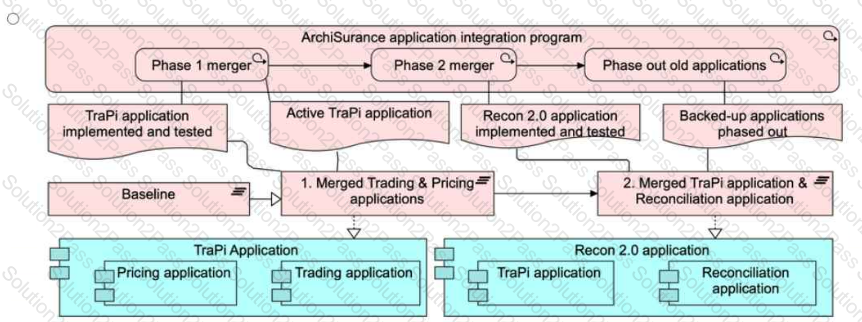 A diagram of a trading application
AI-generated content may be incorrect.
A diagram of a trading application
AI-generated content may be incorrect.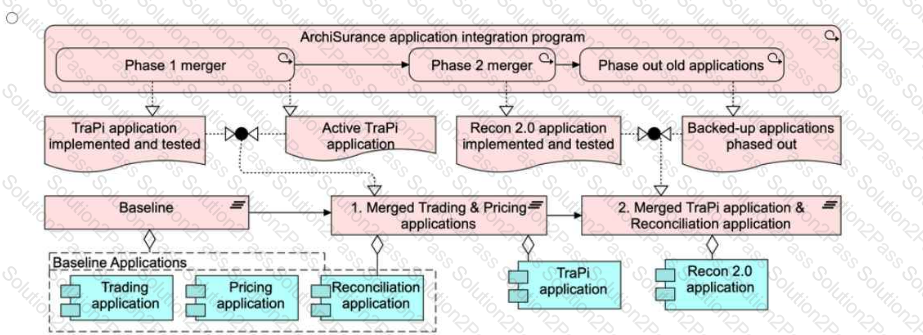 A diagram of a process
AI-generated content may be incorrect.
A diagram of a process
AI-generated content may be incorrect.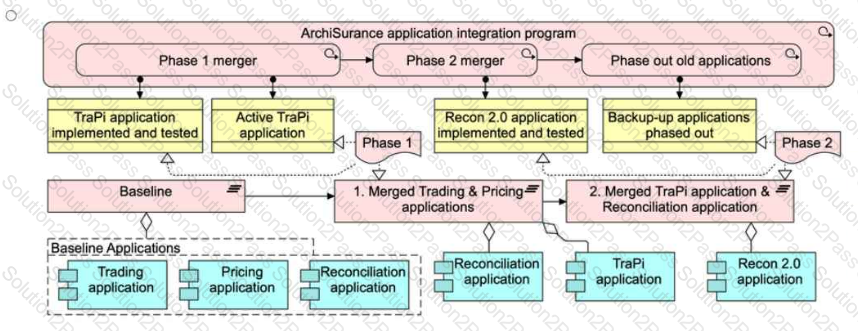 A diagram of a process flow
AI-generated content may be incorrect.
A diagram of a process flow
AI-generated content may be incorrect.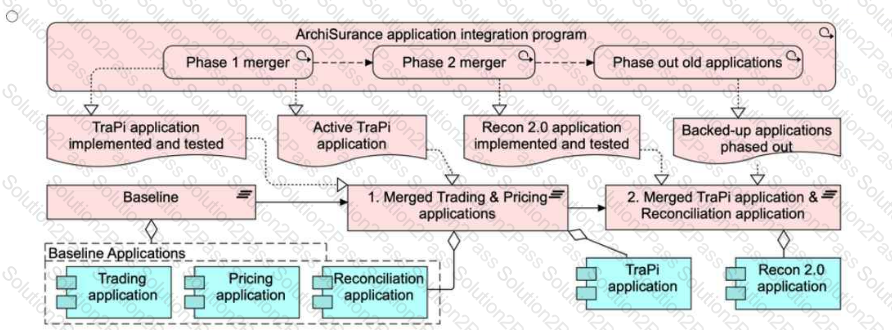 A diagram of a process flow
AI-generated content may be incorrect.
A diagram of a process flow
AI-generated content may be incorrect.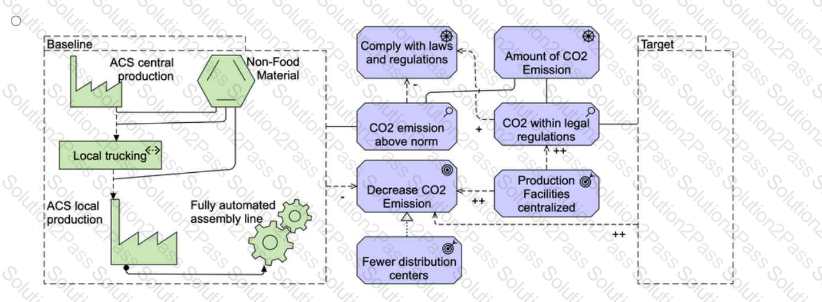
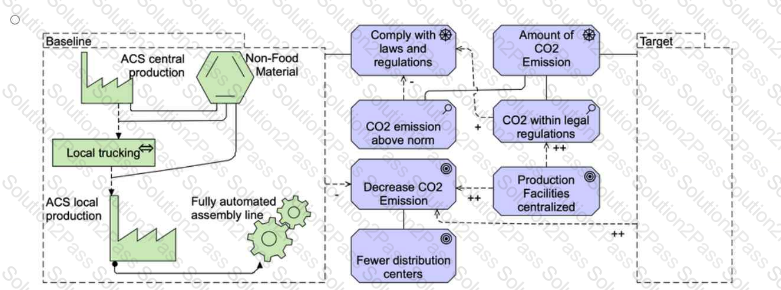
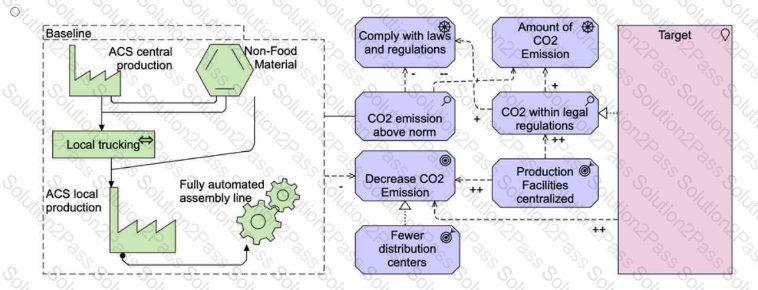 A diagram of a process
Description automatically generated
A diagram of a process
Description automatically generated
